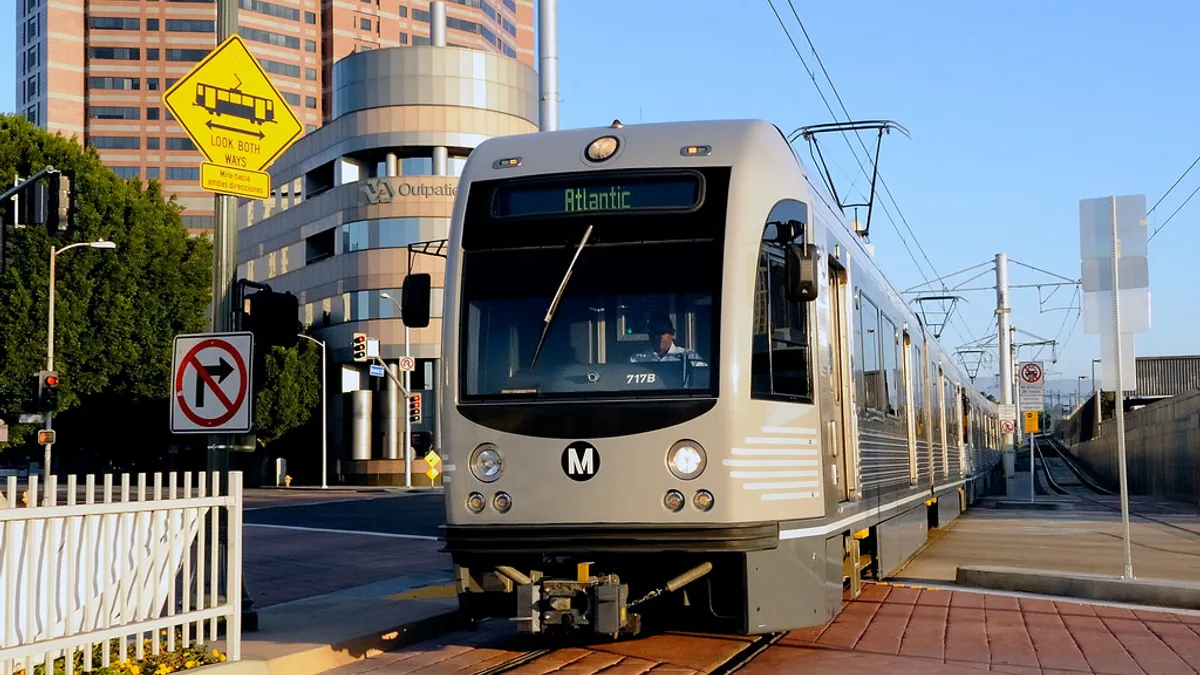As cities, and particularly their public transit agencies, move away from paper fare cards, a raft of new technologies are being trialed and rolled out.
Some are looking at new ways to make use of reusable plastic cards, while others are looking to develop mobile apps that not only manage payments, but also provide other transit information, creating a one-stop shop for mobility.
Here are four cities that are looking at new, experimental ways to manage payments on transit.
San Francisco
Soon, riders across San Francisco’s 22 transit agencies will no longer be able to travel using a paper fare card after the Metropolitan Transportation Commission (MTC) approved a $461 million contract to upgrade its transit fare payment system.
The new system will include a mobile app which allows riders to pay fares and reload accounts with their mobile devices, with equipment in hundreds of transit stations and on 3,500 buses and light rail vehicles set for an upgrade. MTC also aims to integrate better with other transportation modes such as bike-share and paratransit.
The mobile app is expected to go live in 2020. The full system redesign is expected to be complete in 2021, and all customers should be transitioned to the new system by 2023.
Washington, DC
The Washington Metropolitan Area Transit Authority (WMATA) announced plans to become "mobile ready" in 2019 with a new app that will allow customers to pay fares using a mobile device.
Using the app, customers can check fares and get service information in real time. Modernizing the system’s infrastructure to accept mobile payments will be done in three phases, including installing new faregates at all 91 stations in the Metrorail system and new fareboxes on buses.
WMATA said in a press release that each mobile provider will announce when its customers can use the app for payment, as the transition depends on "certain technical requirements to ensure quick transaction speeds." Rollout could be piecemeal.
Las Vegas
In March 2018, the Las Vegas Monorail became the first transit agency to let riders pay their fares using Google Pay. Android users are able to purchase fares through Google Pay, then place their device on a payment terminal to gain access to the transportation system. Google Pay will also show users transit maps and send digital travel history receipts.
Google partnered with NXP to integrate the connectivity company's MIFARE, a contactless transportation payment system, with Google Pay. The company has pledged to roll the technology out to more cities in the future.
Los Angeles
The Los Angeles Metro plans to upgrade its TAP Smart Card into an account-based system that will become a one-stop shop for payments and signups across all mobility services.
Those services are intended to include bike-share, microtransit, electric vehicle (EV) sharing and charging, ride-hailing and parking. The new features started rolling out in December 2018, when the card, now known as TAPForce, was updated to allow transit riders to pay for rides on Metro Bike Share, the city’s docked bike-share system.
The TAPForce mobile app is expected to roll out in 2019.












